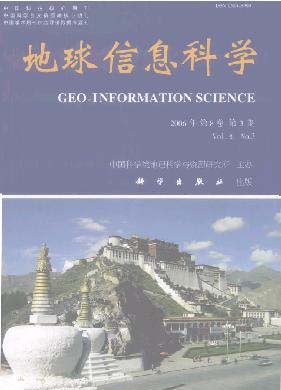ARTICLES
HE Baojin, LIU Xiaomei, GAO Junfeng, LI Jinlian
2006, 8(3): 47-51.
Smart client is the client application easy to deploy and manage. Taking the advantages both in B/S and C/S, it has a bright future in many different fields. Through analyzing the feasibility in data-sharing system and taking lake and watershed data-sharing system as an example, this paper introduces a method of how to design and build data-sharing system based on smart client. First, the paper divides the data-sharing system into six different parts, including user identification, data produce inquiry and order, data encryption and download management, data decryption and visualization, connection and updater management. It discusses the details of the technology which are applied in each part. Smart Client Application blocks are the essential components to build a smart client application. Lake and watershed data are the basic elements of the geo-data database. Lake and watershed data center has collected mass data for the scientific research of related fields. Building a data-sharing system is very important for scientists to access the essential data. Considering much of the data concerning the national security, this paper brings network security into data-sharing system. In order to build lake and watershed data-sharing system, we select Asp.net as its web developing environment, Vs.net to build form application, and Sql server as its database. Thus, part of the code in client development is given. All in all, this paper draws the conclusion that smart client can be used in various data-sharing projects. Otherwise, aiming at the demand of data-sharing, it puts forward the draft of the system with smart client.
